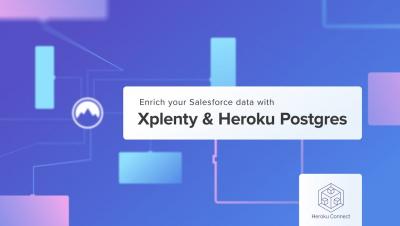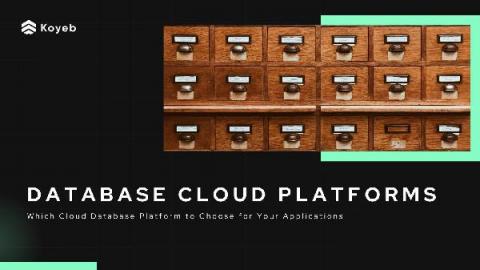10 Tips to Help You Write a Flat File Database
Originally developed by IBM, flat file databases have been around since the 1970s. Because these files store data in plain text format, most people use MS Excel to create them. It’s an easy-to-use system that allows for the quick sorting of results. This is because each line of plain text has just one record. Tabs, commas, or other delimiters separate multiple records. In this article, you’ll learn some tips for optimizing your flat file.






